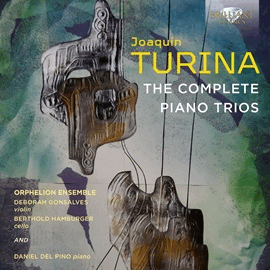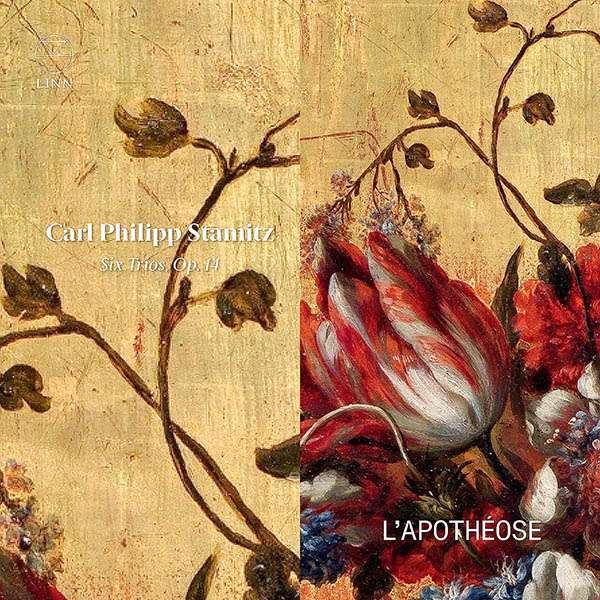Carl Philipp Stamitz (1745-1801), der älteste Sohn des Komponisten Johann Stamitz, war ein Zeitgenosse von Mozart und Beethoven. Kein Wunder, dass er neben diesen beiden verblasste und rasch in Vergessenheit fiel. Als er starb, war er hoch verschuldet. Heute ist er wegen seiner Bläserkonzerte und Symphonien bekannt.
Diese Einspielung stellt die sechs Trios op. 14 vor, die sicher fein ausgearbeitet sind und den Komponisten als Bindeglied zwischen Vorklassik und Klassik zeigen. Sie waren vor dieser Veröffentlichung nur in einer Interpretation der Sonatori erhältlich. Diese neue aber erreicht die Rhetorik der Sonatori leider nicht.
Stamitz’ Kunst der Differenzierung und seine überaus beachtenswerte Gabe der melodischen Erfindung werden nicht genügend genutzt, um die Musik kommunikativ werden zu lassen. Das scheint mir auch daran zu liegen, dass die Flöte eine allzu prominente Stellung einnimmt und nicht, wie bei den Sonatori, in den Streicherklang eingebettet ist.
Carl Philipp Stamitz (1745-1801), the eldest son of the composer Johann Stamitz, was a contemporary of Mozart and Beethoven. No wonder he paled beside these two and quickly fell into oblivion. When he died, he was heavily in debt. Today he is known for his wind concertos and symphonies.
This recording presents the six Op. 14 trios, which are certainly finely crafted and show the composer as a link between the pre-classical and classical periods. They were available only in a Sonatori interpretation prior to this release. This new one, however, unfortunately does not achieve the rhetoric of the Sonatori.
Stamitz’s art of differentiation and his highly noteworthy gift of melodic invention are not used enough to make the music communicative. This also seems to be due to the fact that the flute occupies an overly prominent position and is not embedded in the string sound as it is in the Sonatori recording.


















